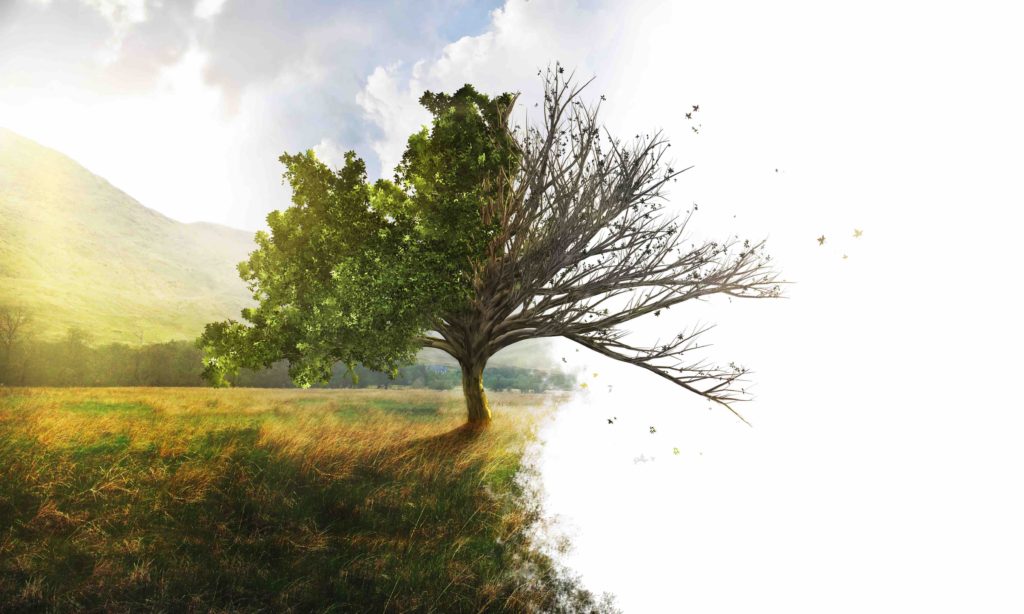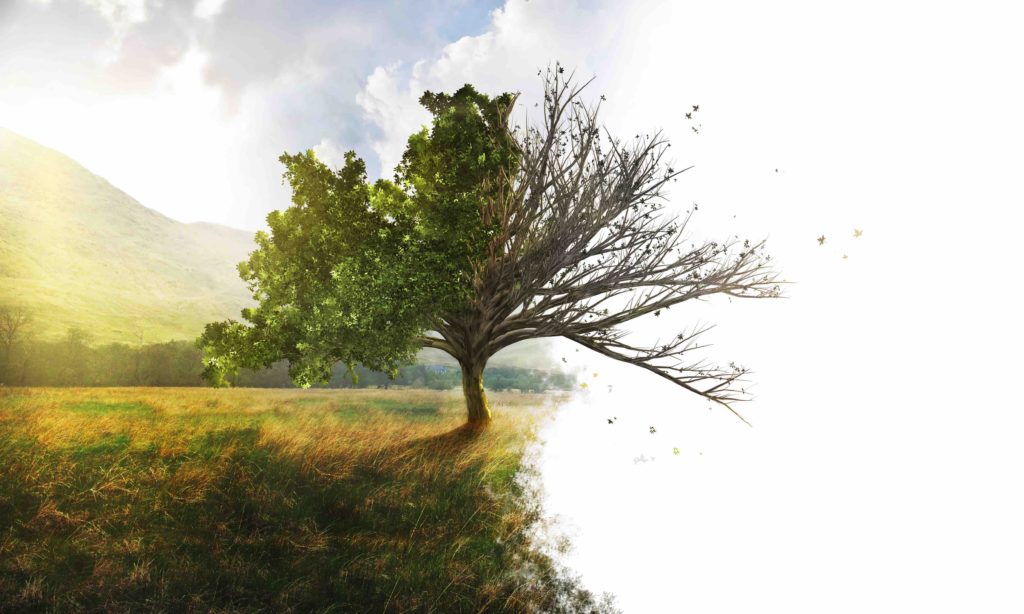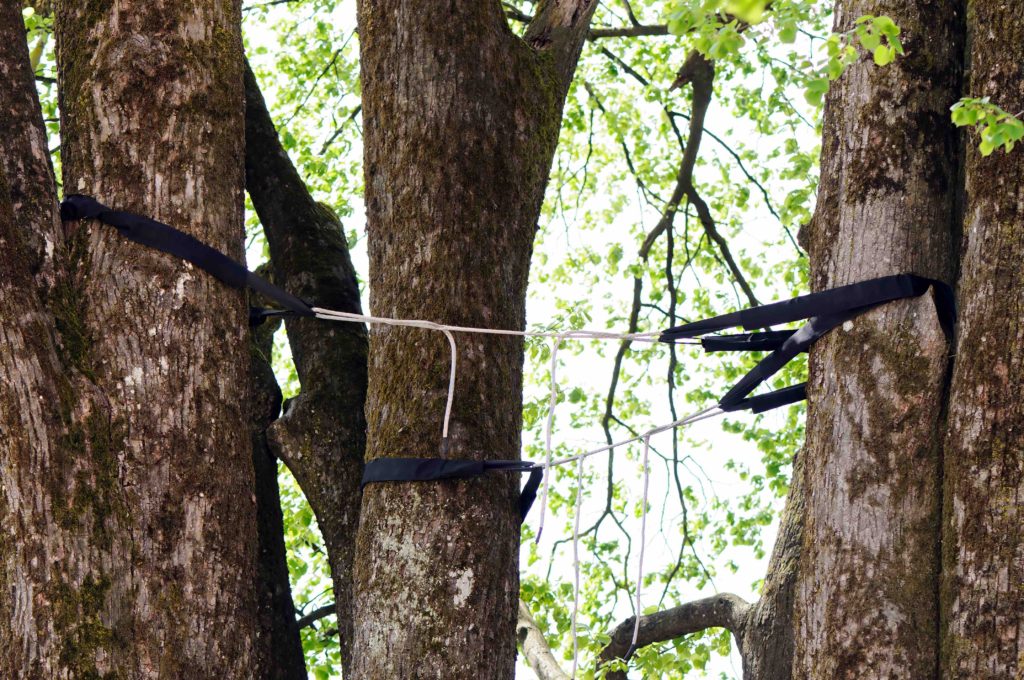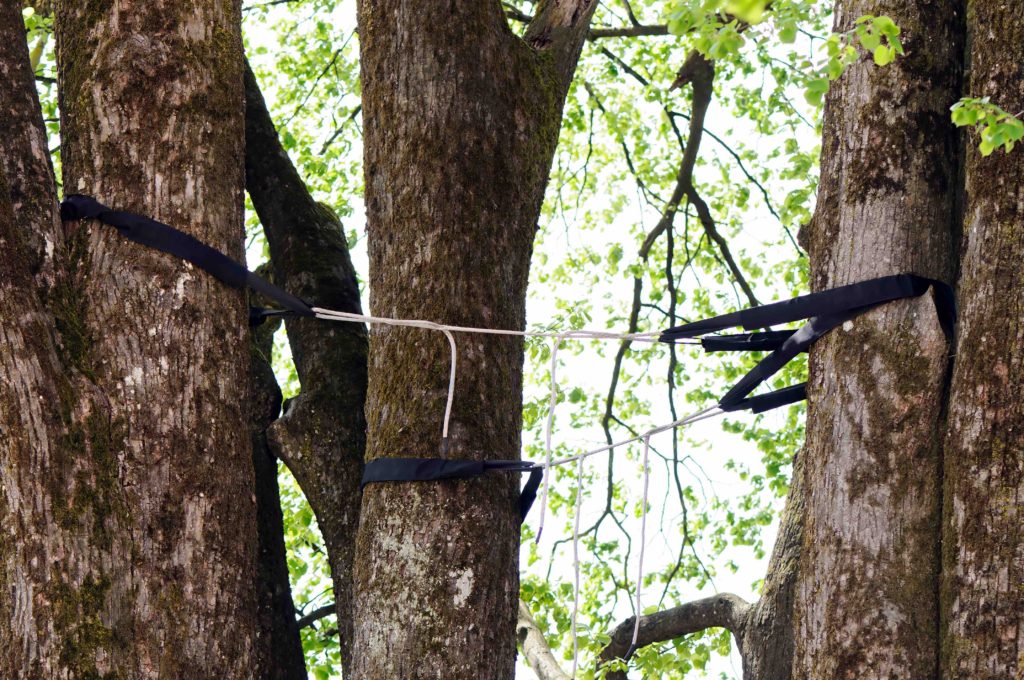
You can easily forget trees as part of the annual yard maintenance. This is why at Chippers Tree Service we always ask our clients to take a look around their yard. Are your trees healthy? We routinely ask our clients this question. Most people are unaware of the signs of a diseased, damaged or sickly tree until it’s too late.
In fact, most DFW homeowners forget about their trees as long as the leaves stay green and the tree continues to offer shade on hot sunny days. Your tree adds value to your property. You can protect your investment and ensure the trees are as healthy as possible by looking for signs of damage early on.
These are the three signs of a health tree:
Single Central Trunk
Your tree should not have a forked trunk or a twisted trunk. There should be a single trunk that helps keeping the tree stable and strong. You cannot do much about this in mature trees. However, having an arborist involved while your tree is growing can prevent this from happening later on.
New Growth
All trees should be producing new growth each year. However, there are always exceptions to this rule. Look up the tree species and research the growth pattern. You can also call tree care experts to know more about your tree’s health.
Full and Wholesome Branches
Diseases and pests are invited to enter the tree when the branches break away or are snapped in half. You should always eliminate all broken or dead branches at the first sign. Dormant branches can be tested by bending them gently to check whether they snap easily. Only dead branches will break away when bent. Living branches tend to snap back in shape.
Why Should You Care for Trees?
There are several reasons to care for your trees. It is not just because they add value to your property or make your yard look more beautiful. They also offer several benefits to the environment that helps in making the world a better place for everyone.
You get to enjoy cleaner air when your trees are healthy and vibrant. You also save on energy bills since you don’t need to use the HVAC system that often with trees shading your house. You can also benefit from reduced soil erosion because of storm. Trees tend to increase ground water by reducing storm water run-off.
Signs of an Unhealthy Tree
Now that you know the signs of a healthy tree, you should also know what an unhealthy tree is like. The answer to “are your trees healthy?” is negative if there are cracks, cavities or holes in the limbs. The same holds true if there are bare patches or leaf free branches.
The post Are Your Trees Healthy? 3 Signs to Watch Out For appeared first on Chippers Tree Service.




